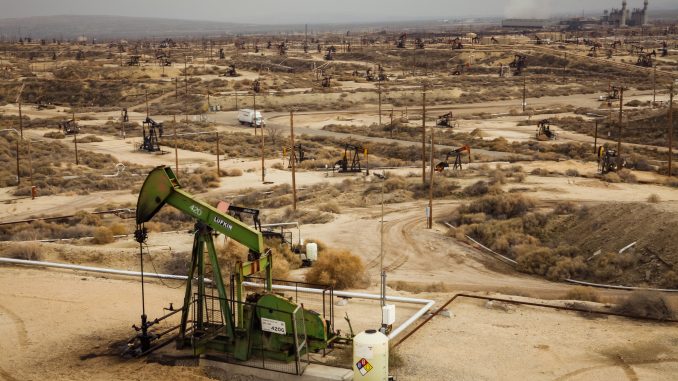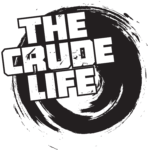

Kunal Patel, Federal Reserve of Dallas gives an update from their recent Energy Survey in the Dallas Fed District.
Activity in the oil and gas sector jumped in fourth quarter 2020, according to oil and gas executives responding to the Dallas Fed Energy Survey. The business activity index—the survey’s broadest measure of conditions facing Eleventh District energy firms—moved into positive territory, rising from -6.6 in the third quarter to 18.5 in the fourth quarter. This is the first positive reading for the business activity index since first quarter 2019, with the increase driven by both E&P and oilfield services firms.
According to E&P executives, oil production stabilized after three quarters of decline, with the index rising from -15.4 to 1.0 in the fourth quarter. The natural gas production index increased eight points to -2.1. The near-zero readings for both indexes indicate oil and gas production was fairly flat in the fourth quarter.
The index for capital expenditures by E&P firms moved into positive territory at 12.5, up from -16.4 in the third quarter, indicating an increase in capital spending. Meanwhile, the index for capital expenditures by oilfield services firms increased but remained negative, rising from -35.1 to -6.2. This suggests that, while capital spending continued to decline, the pace of decline slowed notably in the fourth quarter.
Oilfield services firms saw improvement in some indicators. The equipment utilization index pushed into positive territory, jumping 25 points to 6.4 in the fourth quarter. This was the first positive reading since second quarter 2019. However, operating margins continued to decline, with the index holding fairly steady at -31.9. The index of prices received for services remained negative and edged lower, from -26.4 to -29.7. The index for input costs remained negative but ticked higher, from -9.5 to -4.3.
Employment continued to decline, but layoffs abated somewhat. The aggregate employment index posted a seventh consecutive negative reading but moved up from -18.1 to -11.7. The index of aggregate employee hours worked also remained negative but increased from -15.3 to -6.9, and the index for aggregate wages and benefits edged up from -19.4 to -12.4.
Six-month outlooks improved notably, with the index rising from 1.9 last quarter to 21.6. This is a stark recovery from the significantly negative readings in first and second quarter 2020. Additionally, firms noted less uncertainty around their outlook this quarter than last; the aggregate uncertainty index fell 31 points to -13.8. This is the lowest reading for the uncertainty index since its inception in first quarter 2017.
On average, respondents expect a West Texas Intermediate (WTI) oil price of $50 per barrel by year-end 2021; responses ranged from $35 to $70 per barrel. Survey participants expect Henry Hub natural gas prices of $2.76 per million British thermal units (MMBtu) at year-end. For reference, WTI spot prices averaged $47 per barrel during the survey collection period, and Henry Hub spot prices averaged $2.60 per MMBtu.
Spread the word. Support the industry. Share the energy.
If you have a chance, check out The Crude Life Podcast!


